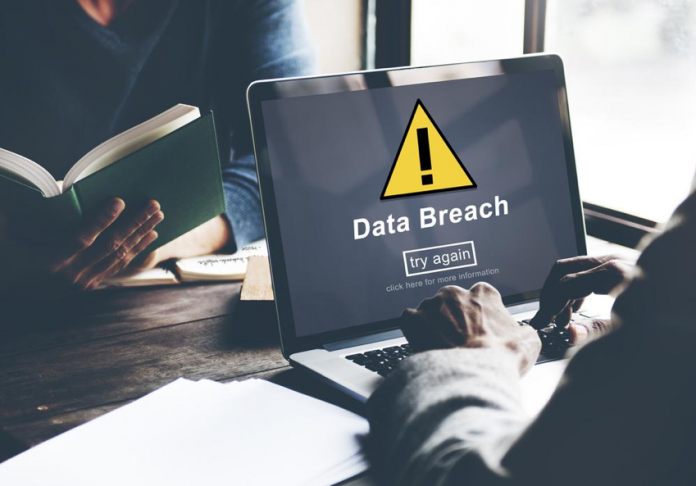In this day and age, a proper security system is a must when you want your business to be safe from the clutches of cyberattacks. If you don’t already have a well-defined security plan, your business is at risk of being attacked since many hackers target companies or people that have weak defense systems. A cybercrime study shows that the rate of security breaches has increased by 67 percent since the year 2014. The minute you decide that security isn’t critical for your business, that’s when you let your guard down and put your entire business in jeopardy.
It Starts With People
- Training your employees – This is the first and most important step to take for a better security setup. According to the Varonis Global Data Risk Report of 2019, about 53 percent of companies found that their employees had unfettered access to more than 1000 of their most sensitive files. Although employees might not have any ill intent, using the internet itself poses a threat with the new malicious content available. Make your employees aware of the risk of cyberattacks and how to do the best on their part to prevent an attack.
Here are a few basic practices that can be carried out to prevent cyberattacks:
- Carry out classes to promote cybersecurity awareness – Every employee is as much of an asset as they are a liability. Even if they accidentally download malicious attachments, make it a priority to figure out new ways to get through to them. New ideas will help them understand how to deal with issues while showing them the risks of an attack will help them understand why it is important to be careful when working with sensitive information.
- Frequent password changes – Although it might be a pain to remember different passwords that aren’t your names or birthdays, a complex one will make it a challenge for a hacker to figure out. Encourage your employees to constantly change their passwords and keep them longer. Ask them to add numbers and use trusted sources to keep track of all their passwords especially those that hold accounts with sensitive information related to the business.
- Identifying Phishing – A report by Cybint Solutions shows that 62 percent of businesses were targeted prey to phishing and social engineering in the year 2018. The notorious practice of phishing is performed by skilled hackers who send emails from trusted sources to persuade a person to download attachments or open links that capture sensitive information. These downloads also contain malware such as viruses that stay in their computer and extract resources or in the worst case, ransoms from ransomware.
- Securing your network –You can take preventative steps by securing your network or endpoints for all user-end devices that are used within the organization. This doesn’t just protect and encrypt data, but it also blocks any suspicious attempts of access and risky activity. Once you’ve done this, keep your employees informed and updated that endpoint security also monitors activity.
What is Malware Protection for Businesses?
The word malware refers to software that is specifically created to damage or gain access to a computer. These include viruses, worms, Trojans, and ransomware that infiltrate a computer and run in the background to capture resources and sensitive data.
So, what is malware protection for businesses? Malware protection means using good anti-malware software that protects your business and your devices. This includes anti-virus software, anti-spyware, and anti-ransomware. This is a crucial step to take when setting up an effective cybersecurity policy.
What Else Can I Do?
Don’t be like 64 percent of Americans who never even checked to see if there was a data breach in their systems (a Varonis Data Breach Literacy Survey). Despite having basic malware protection that will do some good, some threats are too complex to handle. More advanced threats will require steps such as proactive threat hunting that continue to search for possible threats, to successfully eliminate and prevent them from taking place.
You should include threat hunting tools as part of your cybersecurity plan. However, many businesses outsource the work to professionals if they find it too difficult to do it themselves.
The Key to a Safe Environment Lies in a Good Security System
Educating and training your employees isn’t always enough to keep cyberattacks at bay. A study by Clark School reveals that hackers are lurking and attacking every 39 seconds. Despite having careful employees that take precautions, hackers often look for the weakest link, which is a weak defense system. Securing your network, practicing good anti-malware practices and keeping your employees happy and alert keep threats away and protect your businesses.










